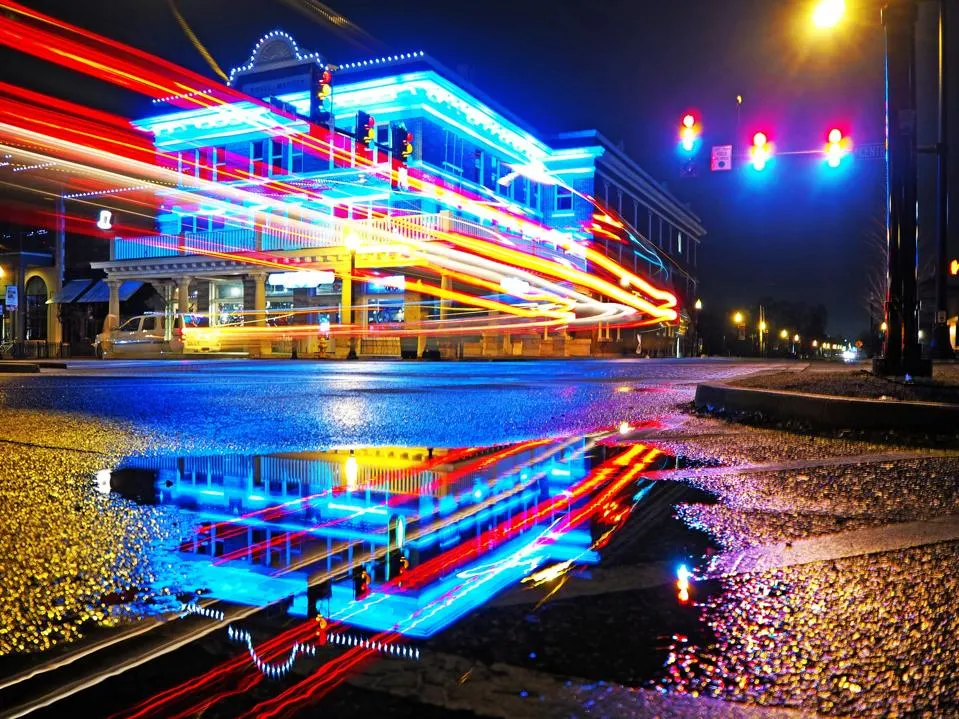From Retail to Rentals: The Transformation of Empty Malls into Housing Solutions

Affordable housing is one of the biggest battles being fought throughout the United States. Communities are seeking new and innovative ways to accommodate the 4.5 million homes in short supply. It is one of the fastest-growing metropolitan regions in the nation, challenging the city with the fast growth of the homeless population. Chronic homelessness shows to have risen by 43% between March 2023 and March 2024 according to reports. It follows that these housing shortages must be given due consideration urgently, but so does a short-term solution to accommodate this growing number of homeless in the city.
Affordable housing is one of the biggest battles being fought throughout the United States. Communities are seeking new and innovative ways to accommodate the 4.5 million homes in short supply. Many malls have shut down with the rise of e-commerce and changing consumer habits. Once-thriving retail hubs sit idle, with 34 million square feet of retail space idle across the country. In that regard, empty malls create a golden opportunity for the developer or city planner who can deal simultaneously with two of America's more difficult problems: a housing shortage and the economic decline in areas of struggling retail spaces. It is one of the brightest ideas to make empty malls residential communities, turning them into housing solutions that amalgamate large, often unused spaces under one roof-both residential and commercial space. With prime locations and already-developed infrastructure, with lots of parking space, and all the benefit of mall development, developers can easily get a head start on transforming them into multi-purpose residential units. These are typical mall patterns almost alongside highways, intersections, and public transportation facilities make those sites perfectly suited for new housing. They require less groundwork because they are not building over virgin areas.
Developers are turning malls into mixed-use developments with homes, commercial, dining, and entertainment. It can give new life to stagnant retail spaces by attracting businesses that can thrive by tapping into a built-in customer base of residents. The mix of residential and commercial spaces encourages a walkable, community-oriented atmosphere where residents have everything they need right at their doorstep.
One of the good transformation examples is the Arcade Mall in Providence, Rhode Island-the oldest indoor shopping mall in the U.S. Once an abandoned place, the Arcade has been transformed into micro-apartments where dwellers can live and receive amenities like coffee shops, bookstores, and hair salons. In all, the mall is now back to life and has been the model of how abandoned malls can be changed into active communities.
From a mall to housing, in this light, the nation is experiencing a trend that is increasingly more popular at a higher level. For example, the Flatiron Crossing in Colorado is now HiFi. In the example of the old mall here, turned into a 345-unit luxury multifamily community that combines residential units with green spaces and access to retail and entertainment venues-good examples of how old malls can be rejuvenated as current functional living spaces. Projects like HiFi not only fulfill the need to have housing but also work towards stimulating the economy at the local level, creating job opportunities and enriching businesses.
This shift from retail towards residential development has many advantages. For one, it is addressing the nationwide housing deficit by utilizing existing spaces and not attempting to develop land. These conversions restore the local economies and help reduce the effects of blight caused by the shuttered, abandoned malls. Fresh residential areas raise property values, raises tax revenues, and grows the local economy further. Besides, they help in sustainability in urban planning by converting already developed land, putting a leash on suburban sprawl, and retaining green at the same time.
Challenging issues with the process of converting malls into residences
The most salient challenge in converting malls into housing is zoning. Malls are, by and large, zoned for commercial use, meaning that changing this zoning for multifamily housing requires local governments to approve. This can be a slow and contentious process in some areas, especially in communities that have resisted higher-density development. There are also design issues: malls were never designed to accommodate human habitation, and many lack natural light and proper ventilation, which multifamily housing needs. Structural modifications may be required to make the room habitable, and that greatly adds costs.
Other challenges to conversion are funding. The cost of conversion is quite expensive, and developers have numerous difficulties including the rising interest rates, increasing construction cost, and an unstable real estate market. It is not very easy to secure the much-needed capital for such projects; however, proper planning with the right incentives can enable developers to change challenges into growth opportunities.
Despite all this, mall conversions form a bright solution to the housing crisis. On one hand, they revive dying communities and fill the urgent need for affordable housing but, on the other hand, they revive dying communities. With at least 192 malls in the country already planning to incorporate housing into their spaces, the trend is picking up steam. As IPX1031, a division of Fidelity Investments, points out, 68% of Americans live within an hour's drive of a "dead mall," which offers many opportunities for redevelopment. Malls are now very precious in solving this crisis with a growing demand for housing.
While the housing shortage remains and traditional retail has lost, there is a very viable and creative, practical, and sustainable solution in old mall conversion into residential space. Projects will provide with much-needed homes but also renew the communities, create employment and help contribute to local economies. The next time you are shopping at a mall perhaps is to buy an apartment that you will live in as you begin the new era whereby your future housing is found in the mall.



